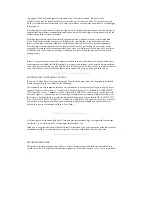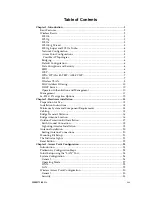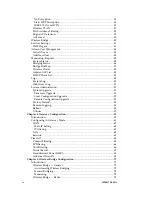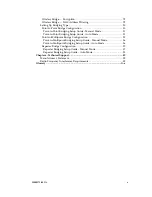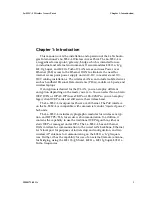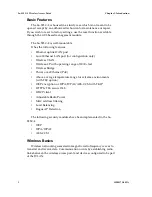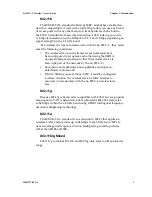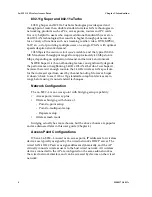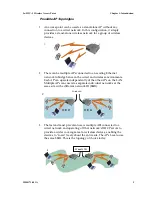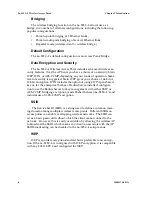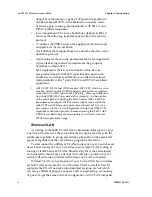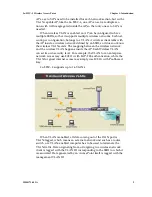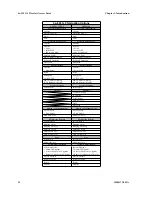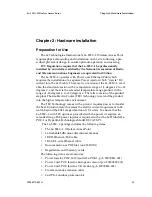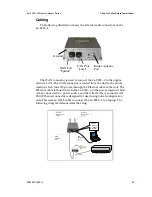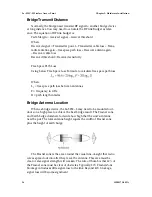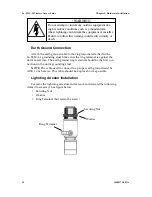
3e–525C–3 Wireless Access Point
Chapter 1: Introduction
2
29000171-001 A
3e–525C–3 Wireless Access Point
Chapter 1: Introduction
29000171-001 A
3
802.11b
The IEEE 802.11b standard ratified by IEEE, establishes a stable stan-
dard for compatibility. A user with an 802.11b product can use any brand
of access point with any other brand of client hardware that is built to
the 802.11b standard for basic interconnection. 802.11b devices provide
11 Mbps transmission (with a fallback to 5.5, 2 and 1 Mbps depending on
signal strength) in the 2.4 GHz band.
For wireless devices to communicate with the 3e–525C–3 , they must
meet the following conditions:
• The wireless device and wireless access point must have
been configured to recognize each other using the SSID (a
unique ID assigned in setup so that the wireless device is
seen to be part of the network by the 3e–525C–3 );
• Encryption and authentication capabilities and types en-
abled must conform; and
• If MAC filtering is used, the 3e–525C–3 must be configured
to allow/disallow the wireless device’s MAC address to
associate (communicate) with the 3e–525C–3 wireless inter-
face.
802.11g
Because 802.11g is backwards-compatible with 802.11b, it is a popular
component in LAN construction. 802.11g broadens 802.11b’s data rates
to 54 Mbps within the 2.4 GHz band using OFDM (orthogonal frequency
division multiplexing) technology.
802.11a
The IEEE 802.11a standard is an extension to 802.11 that applies to
wireless LANs and provides up to 54 Mbps in the 5GHz band. 802.11a
uses an orthogonal frequency division multiplexing encoding scheme
rather than FHSS or DSSS.
802.11b/g Mixed
802.11b/g combines 802.11b and 802.11g data rates to offer a broader
range.




